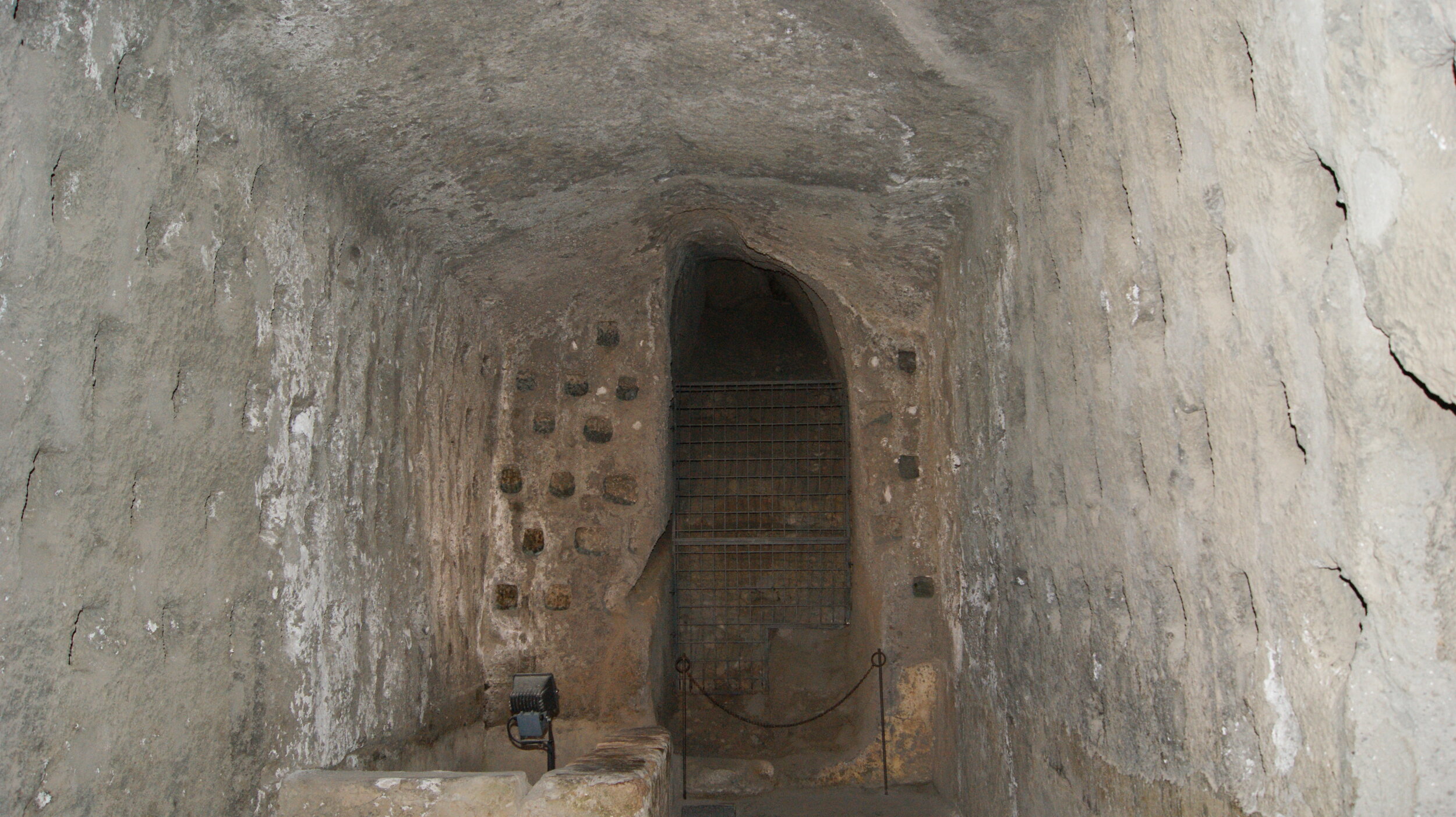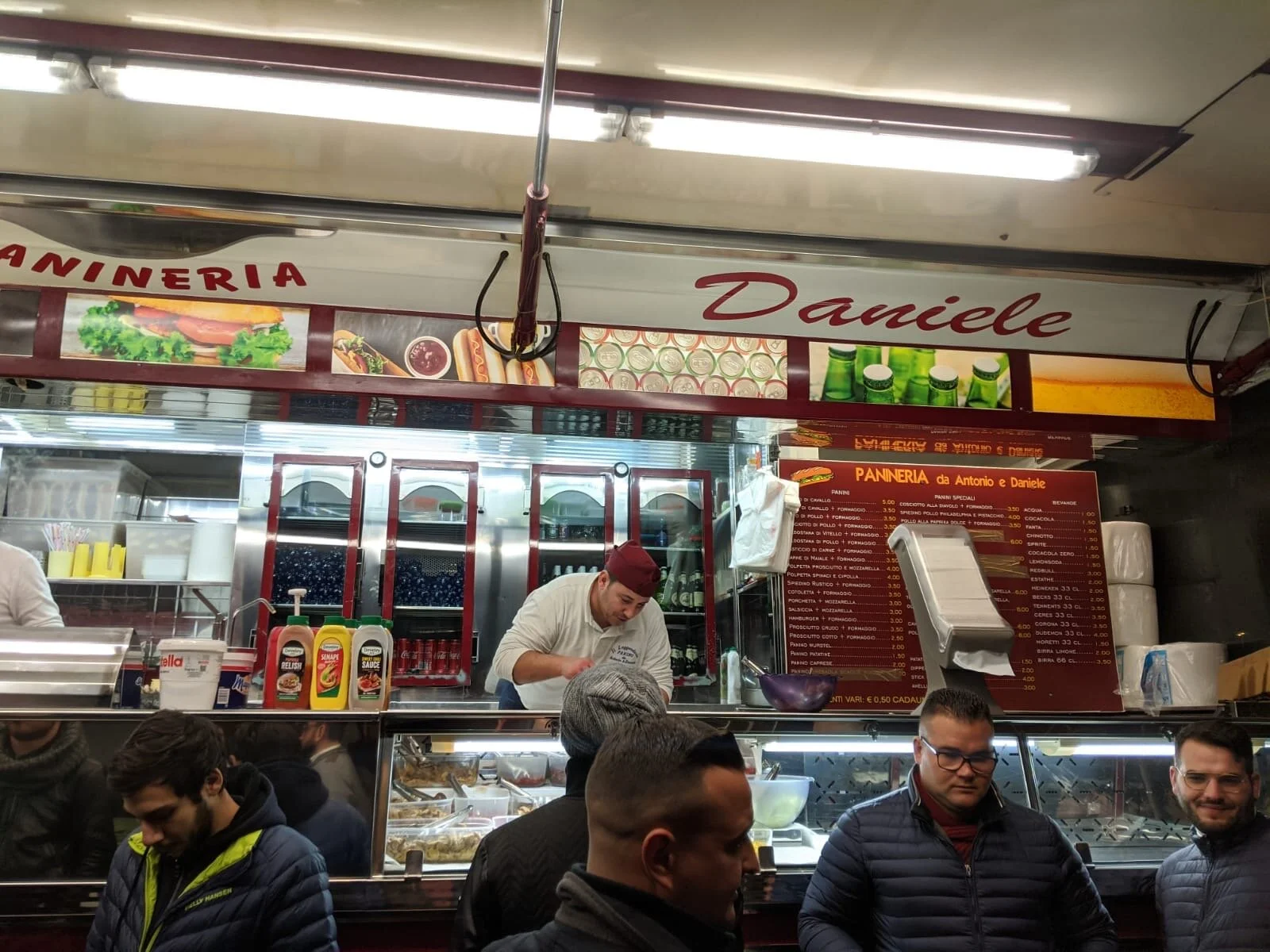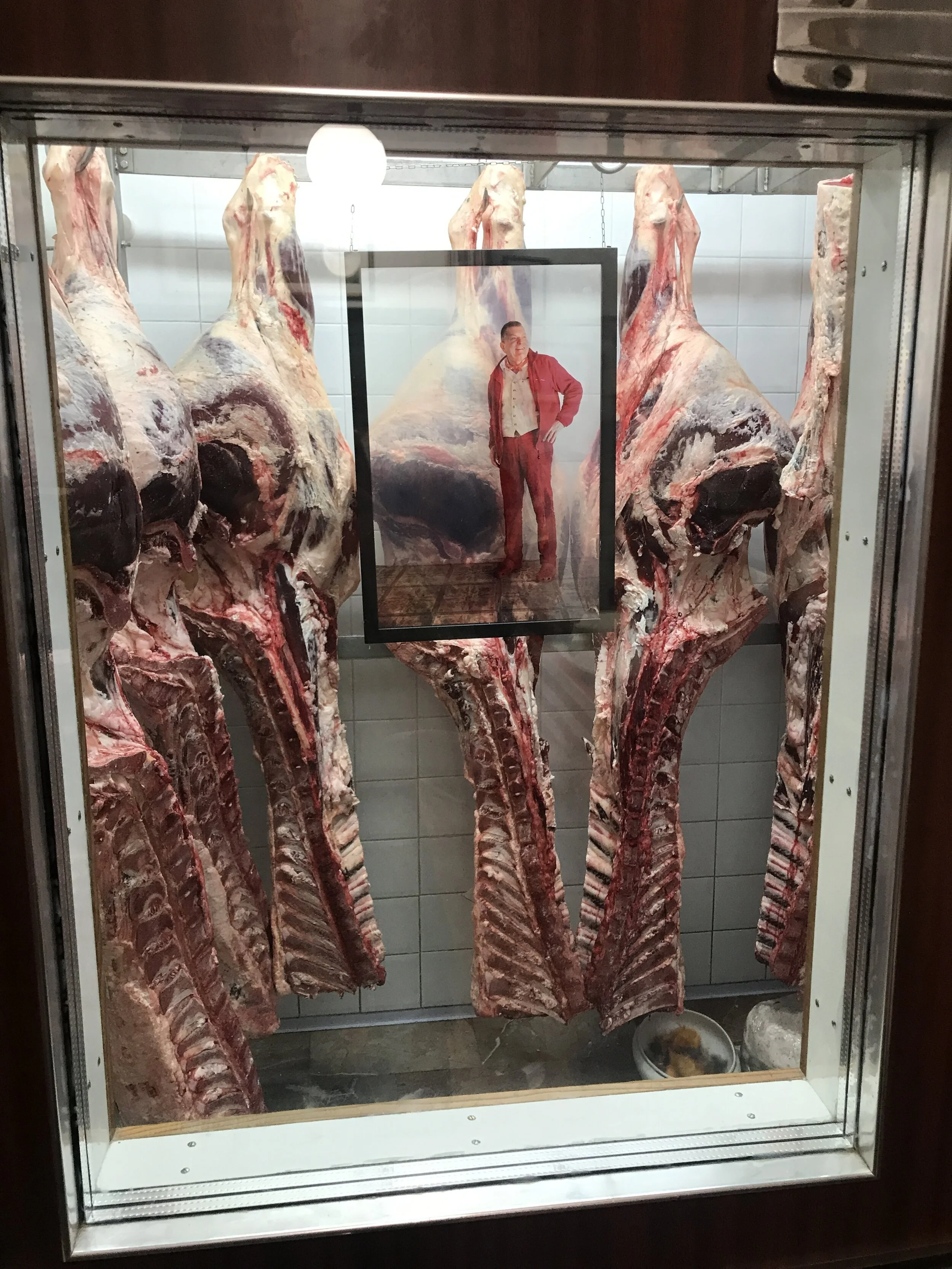Itinerary For A Day Trip To Orvieto
Orvieto. A city idyllic, bucolic, and utterly unique in Italy. Perched atop a a steep volcanic hill and utterly medieval in design and look, the city has charms that outstrip some of the most popular villages in Italy. Think wandering alleyways, a bevy of trattorias, a world class duomo, and prices that are half those of Florence, Rome and Milan. If you’re heading to Orvieto, read our guide for how to spend a day there. What’s more, read my guide on why you should visit over here too.
Day trip to orvieto
WHERE: Umbria, central Italy
WHY: Gorgeous, cheap
TIME: 1 night
GETTING IN
Not a paradise for driving.
Let’s start out by agreeing on something: Orvieto was built by the Etruscans (those bad boys who preceded Rome) to be impregnable. It is literally built on a mound of volcanic rock. It’s next inheritors, the Romans, kept things simple. Winidng alleyways, tall towers, and a few wine bars, undoubtedly. What neither of these erstwhile custodians of the town did, however, was organize the city in preparation for cars. The city is winding - the streets are tiny, the corners very sharp, and there is barely room for people to walk. Due to this, I would strongly, strongly recommend that you not drive into Orvieto. Catch the train, park outside, or get a bus. Moreover, the centre of Orvieto is closed to traffic during the day also. Parking is available in the extremities of Orvieto, with parking costing about €1.50 per hour. Some free parking is available at the Welcome Point located in Piazza della Pace, at the base of Orvieto. Your best bet for reaching Orvieto, however, is by train. Orvieto is well connected to Rome which is approximately 1 hour away, and Florence is about 2 hours by train. The station is located just outside the city - you can walk in or catch the funicular in from there. The funicular is located across from the train station and will take you up to the city of Orvieto. Tickets can be purchased at the Welcome Point and the train station. Take the funicular to Piazza Cahen at the top of the city centre. The funicular operates every 10 minutes and is open from 7.15 am to 8.30 pm. Tickets cost €1.30 per person or €2.60 for a round trip.
day trip itinerary
WALK THE CITY WALLS
Start the day off at Parcheggio Piazza Cahen, located a 50m walk from the entrance to the funicular in the east of the city. Parcheggio Piazza Cahen is the perfect place to kick things off - this little fortress atop the walls will give you a commanding view of the surrounding walls and town - and will let you start planning your route through the historical sections of the city. the view over the surrounding Umbrian countryside will also be unforgettable from up here. After you’ve had your fill of bucolic Italian countryside, continue to follow the walls - you can go either north of south from here. For the most part, you’ll be able to walk alongside or on top of the walls, the whole way around the city. The route will take you about 1-2 hours, depending on how fast you walk/how many photos you choose to take. However, the walls will dip up and down, with you being able to walk at their base in parts, and back up on top around the gothic quarter of the city. Exploring the walls like this is completely free, and utterly unforgettable.
St Patricks Well
I’m not going to get too into history here. We simply don’t have time. Basically, Orvieto is unique because a Pope back in the 16th century lived there for a time. This Pope, in his wisdom, commissioned the Well of St Patrick due to a fear of inadequate water supply during a possible siege of the city (he was hiding out in Orvieto as Rome was besieged). St Patrick’s Well is located near the Funicular across from Piazza Cahen, so is easy to visit after you complete your circuit of the city walls. Tickets to visit are €5 and the well is open between 9 am to 6.45 pm in high season, and from 9 am to 3 pm in low season. the well itself is 54 metres deep, 14 metres wide and 496 steps down. The well comprises of an ingenious double spiral stairway wide enough for donkeys to navigate, so you’ll be fine (here’s hoping).
Orvieto Underground
If you haven’t grown tired of subterranean locations after St. Patrick’s well, then I’ve got excellent news for you. Beneath the city of Orvieto, lurks a whole ecosystem that you can explore - for a fair price too. A labyrinth of more than 1200 tunnels and caves, secret passageways and vast halls that all lead to the valley floor below the city. They built these passageways to allow for escape during times of siege - they seem fairly concerned with getting besieged in Orvieto, don’t they? The Underground Orvieto can only be seen by joining a guided tour. The maze of tunnels have been in existence for 2500 years, dug into the soft tufa with openings to the outside world allowing light into this underworld city. Can definitely recommend going - book your tickets from Piazza Duomo 23, where you’ll see ticket office of Orvieto Underground - tickets cost 12 euro.
The Duomo
Checkerboard walled Duomo is a must-see for anyone visiting Orvieto. I say that in the full knowledge that I’m not a fan of churches, normally. But this Duomo is something else, and is worth checking out. Built in the Gothic style, the Duomo is beautiful inside and out, containing the famous facade that features the Rose Window, mosaics and four pillars featuring bas-reliefs each showcasing a different religious story. The interior is filled with sculptures and stunning frescoes, but the highlight of a visit to the Duomo is the Chapel of San Brizio, featuring Luca Signorelli’s spectacular frescoes of Judgement Day - fairly stressful stuff for a non-believer like myself. Tickets for visiting the interior of the Duomo and Chapel of San Brizio are €4. I’m calling it now - worth it. Just this once. Opening hours vary depending on the season, but from March to October daily (except Sundays) 9.30 am to 6.00 pm. Sundays and holidays during March, April, May and October 1.00 pm to 5.30 pm.
Torre del Moro
Now that you’ve circled the city, wandered the walls, explored the tunnels, it’s hight time to get, well, high. A bit of perspective is called for. Located between Corso Cavour, Via del Duomo and Via della Costituente, Torre del Moro rises above the buildings of Orvieto. Boasting 250 steps, this 13th century tower is pretty well the best way to get some perspective on the gorgeous town that surrounds you. To the west, you’ll be able to see the terraced roofing of the Gothic quarter, while to the east, you should be able to spy Piazza Cahen. While the climb up to the stop is steep, the panorama is truly rewarding. Tickets are €2.80 and are free for children up to 10 years. The Tower is open daily.
CANTINI FORESI
Cantini Foresi is as crucial to any visit to Orvieto as checking out the Duomo is. Located on Piazza Duomo, 2, Foresi is a perfect place to have a glass of wine and where you should/need to sample some of he traditional processed meats and cheeses from the Umbrian region. However, what sets Cantini Foresi apart from all of the other enotecas in town is that they have cellars cut into tufo rock beneath the store which date back to the 13th Century. I mean, that’s a tourist experience in and of itself. The walls (and bottles!) are covered by a white mould down there, but you can safely be down there for a while. Ask the owner and he’ll take you down for sure. Orvieto has two wines certified DOC – the Orvieto Classico (white) and the Rosso Orvietano. Both are usually pretty cheap - a bottle of each shouldn’t cost too much more than 10 euros. My advice - get a bottle of the white, chill it, and sip away at it with some prosciutto. That’s living.
Cantini Foresi - a cultural exchange you won’t soon forget.
While there are probably hundreds of other things that you could spend your time doing in Orvieto, I’m going to leave it there. The city is bustling with excellent food, gorgeous alleyways, and more photographic fodder than you can shake a stick at. While the city probably deserves more than a day, if that’s all you have, the above should serve you well. Any questions, queries or comments, just fire away in the comments below!























You’ve got a day in town, this is how to spend it.